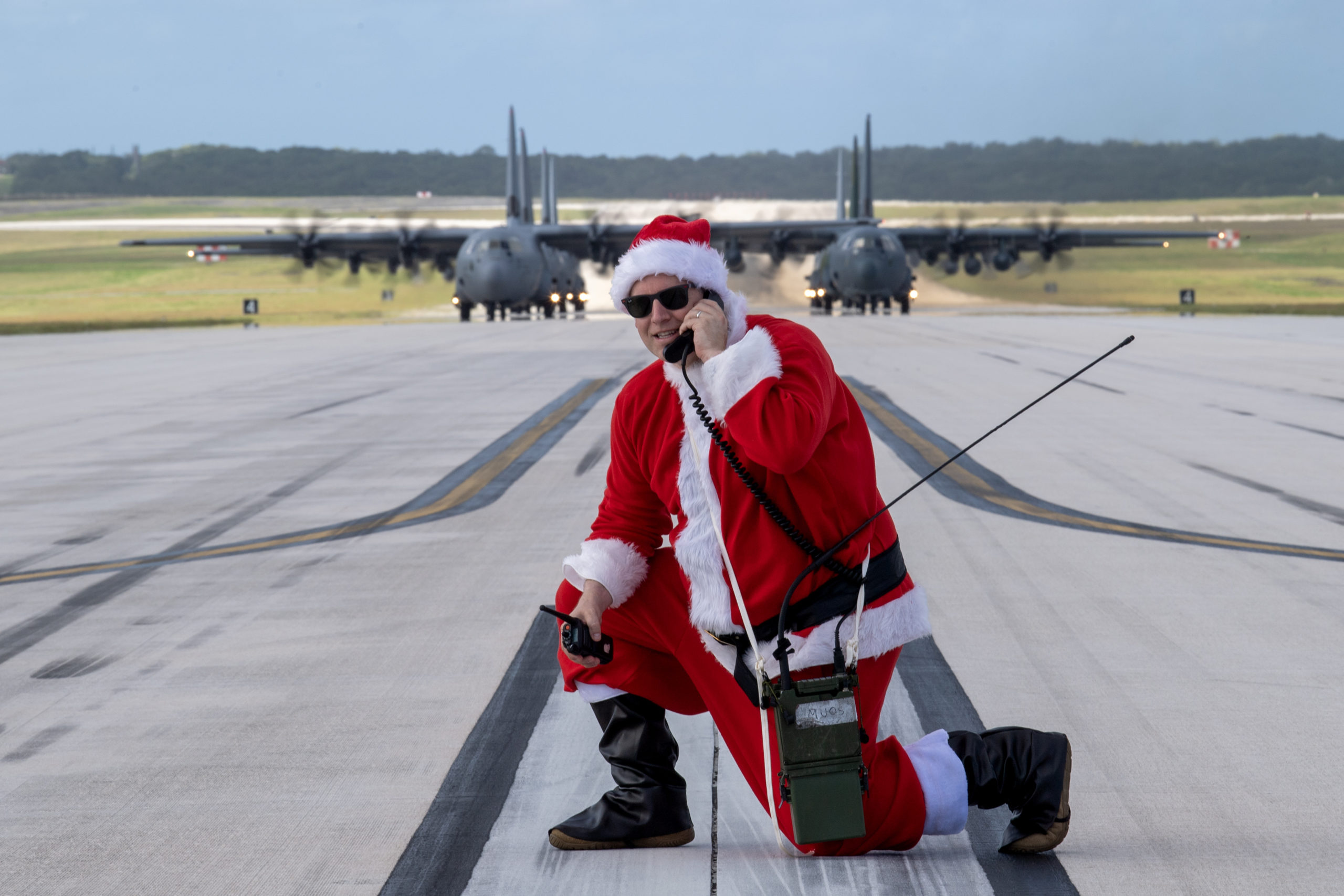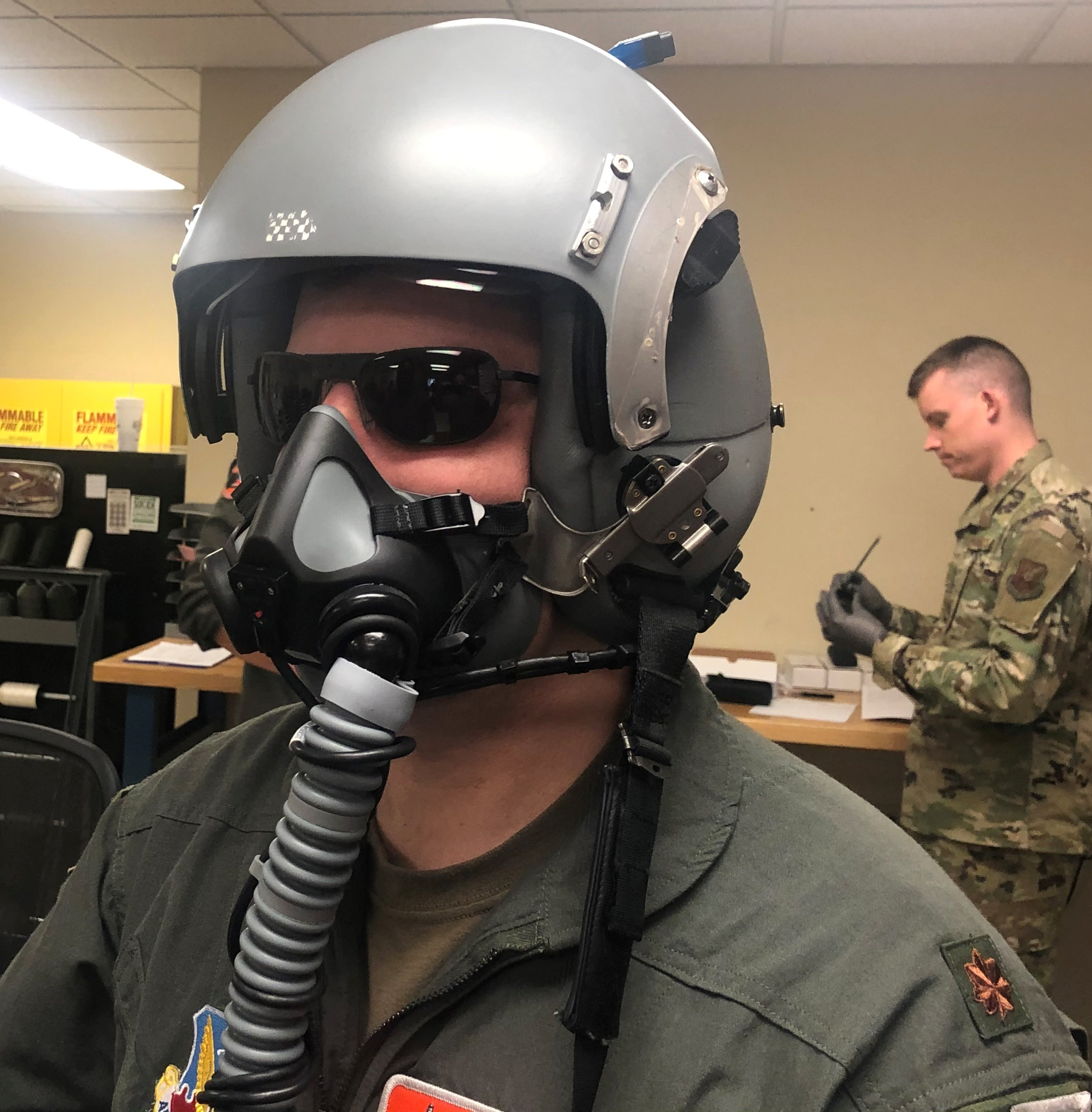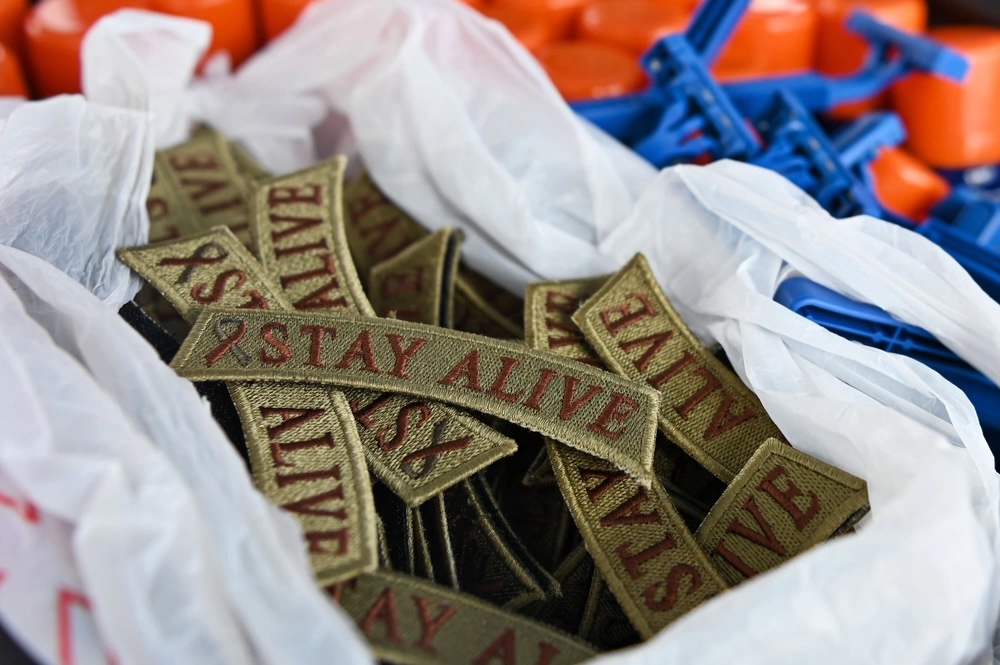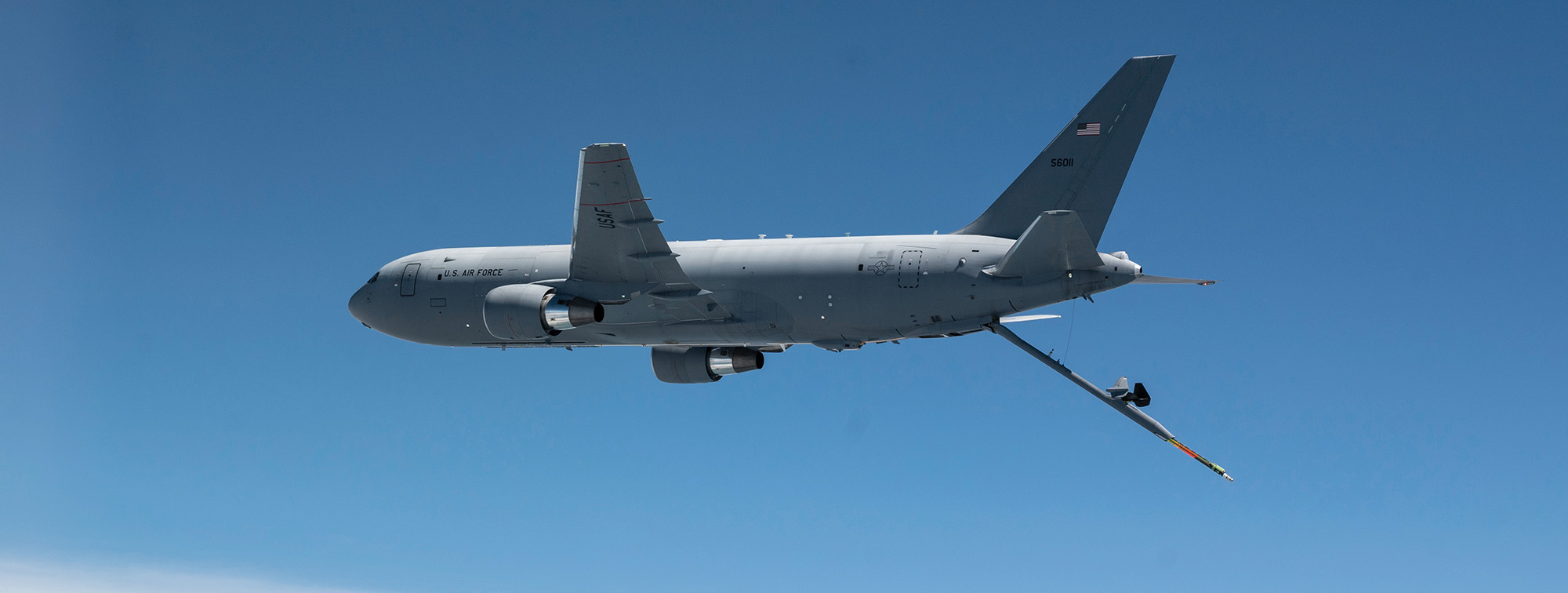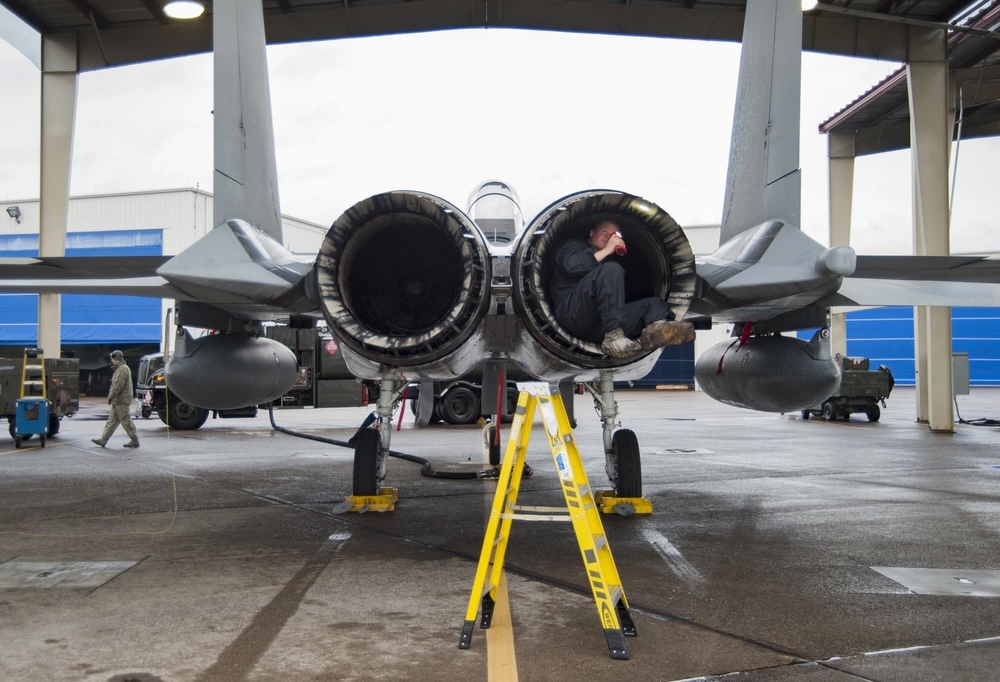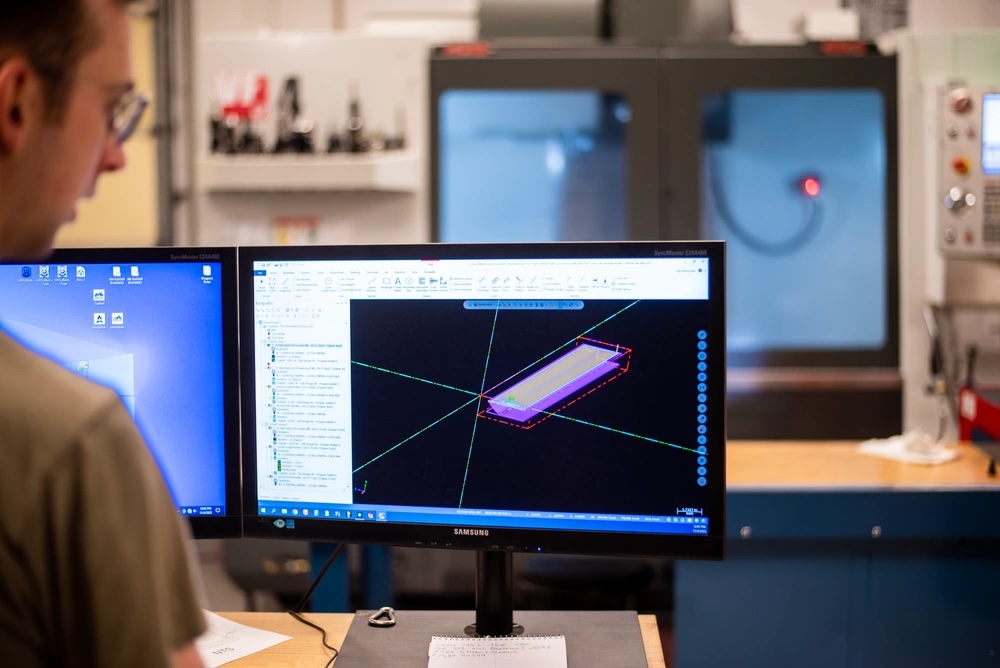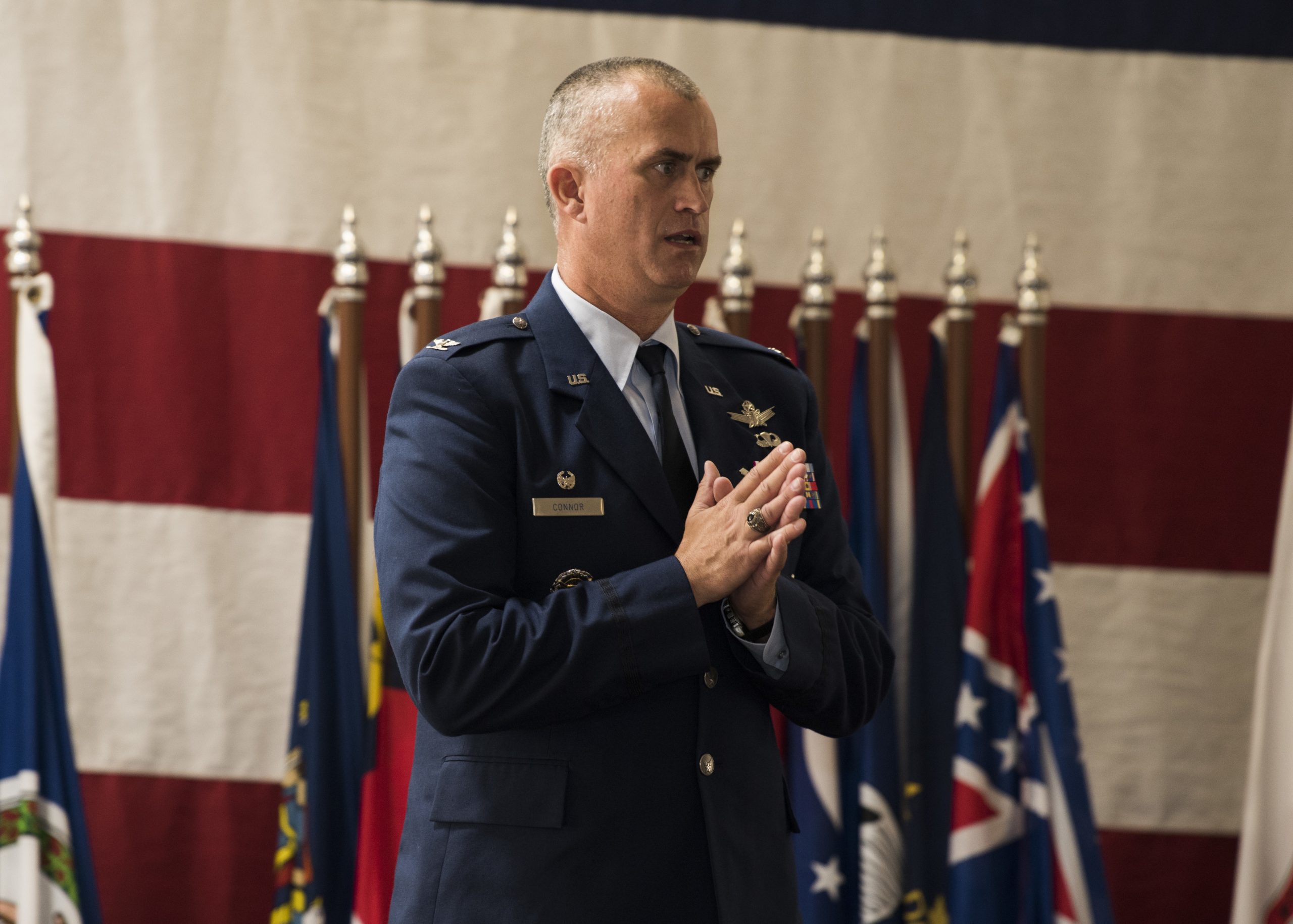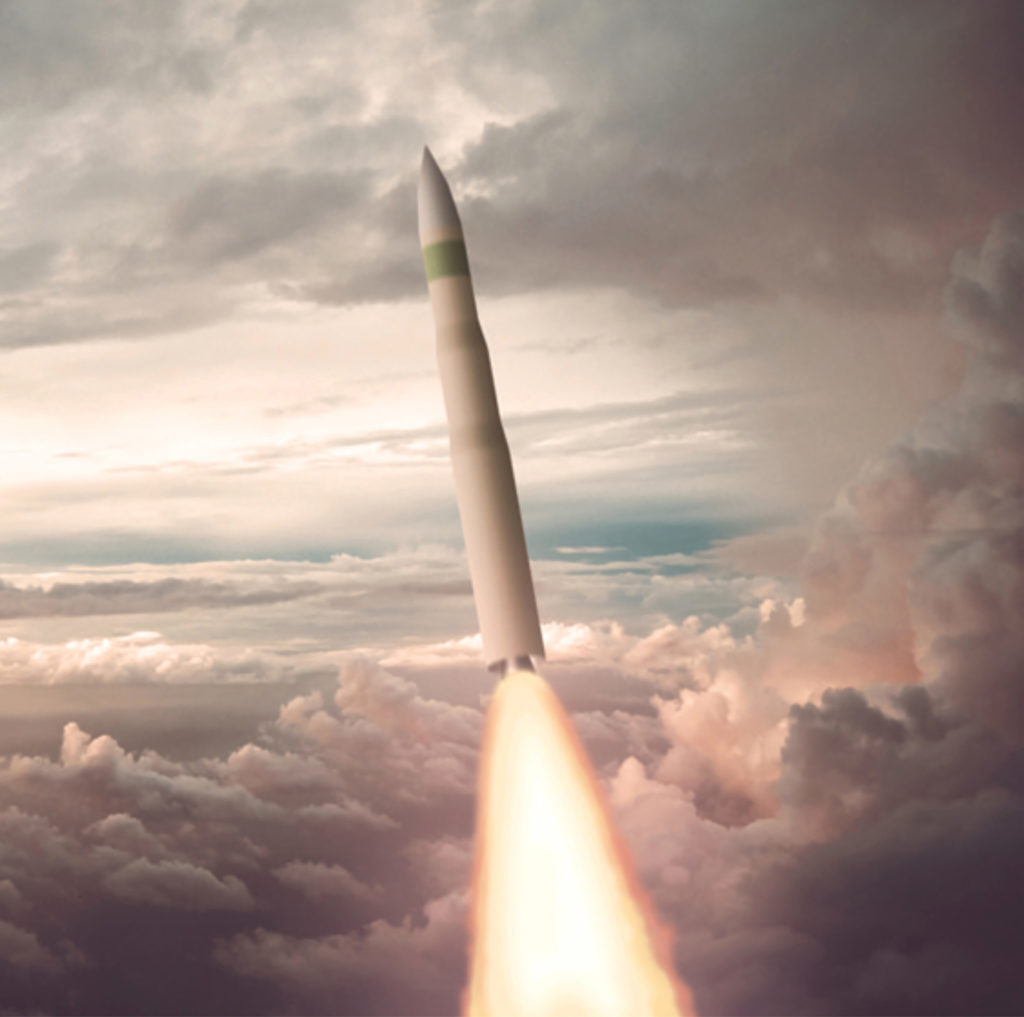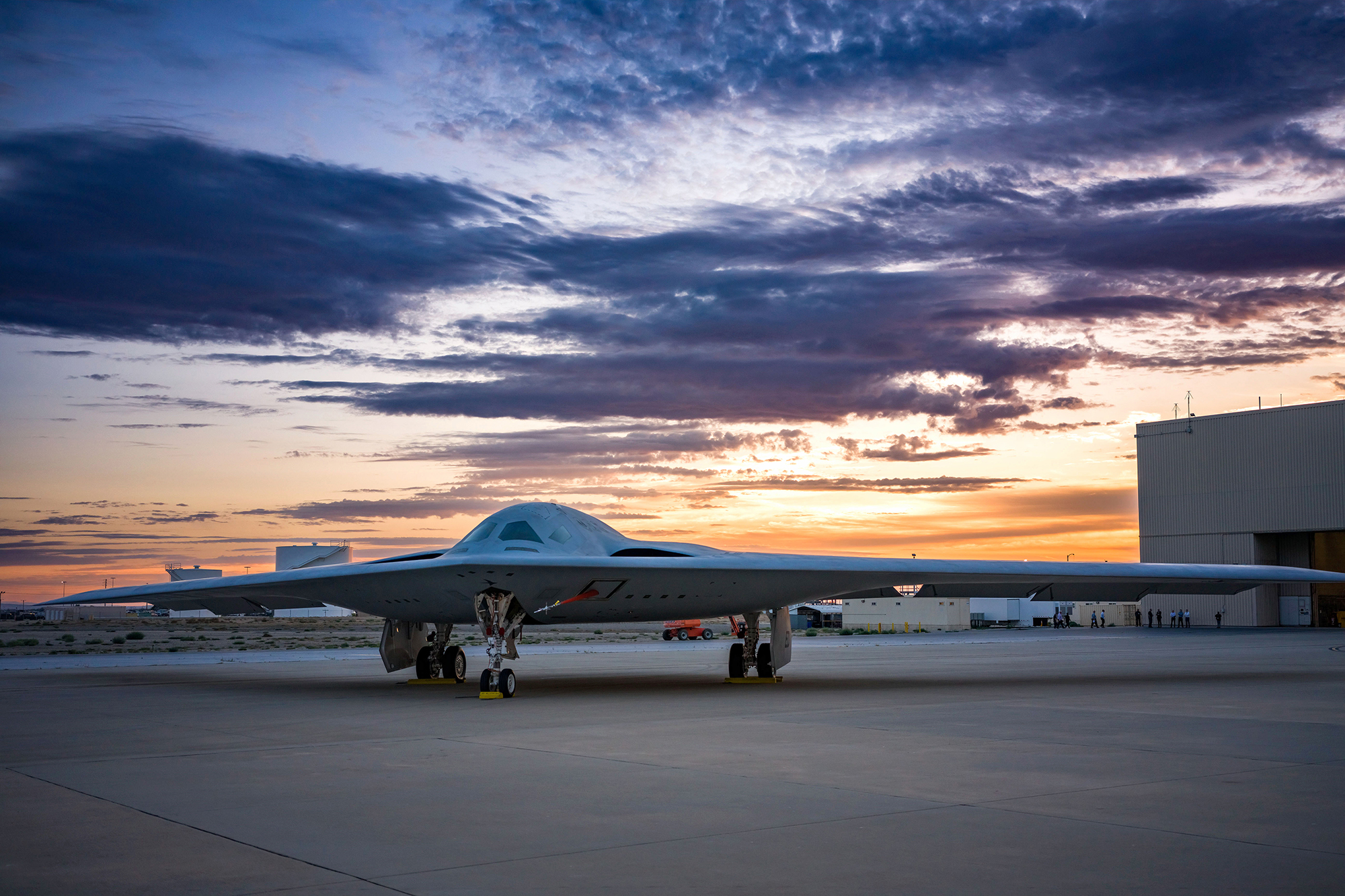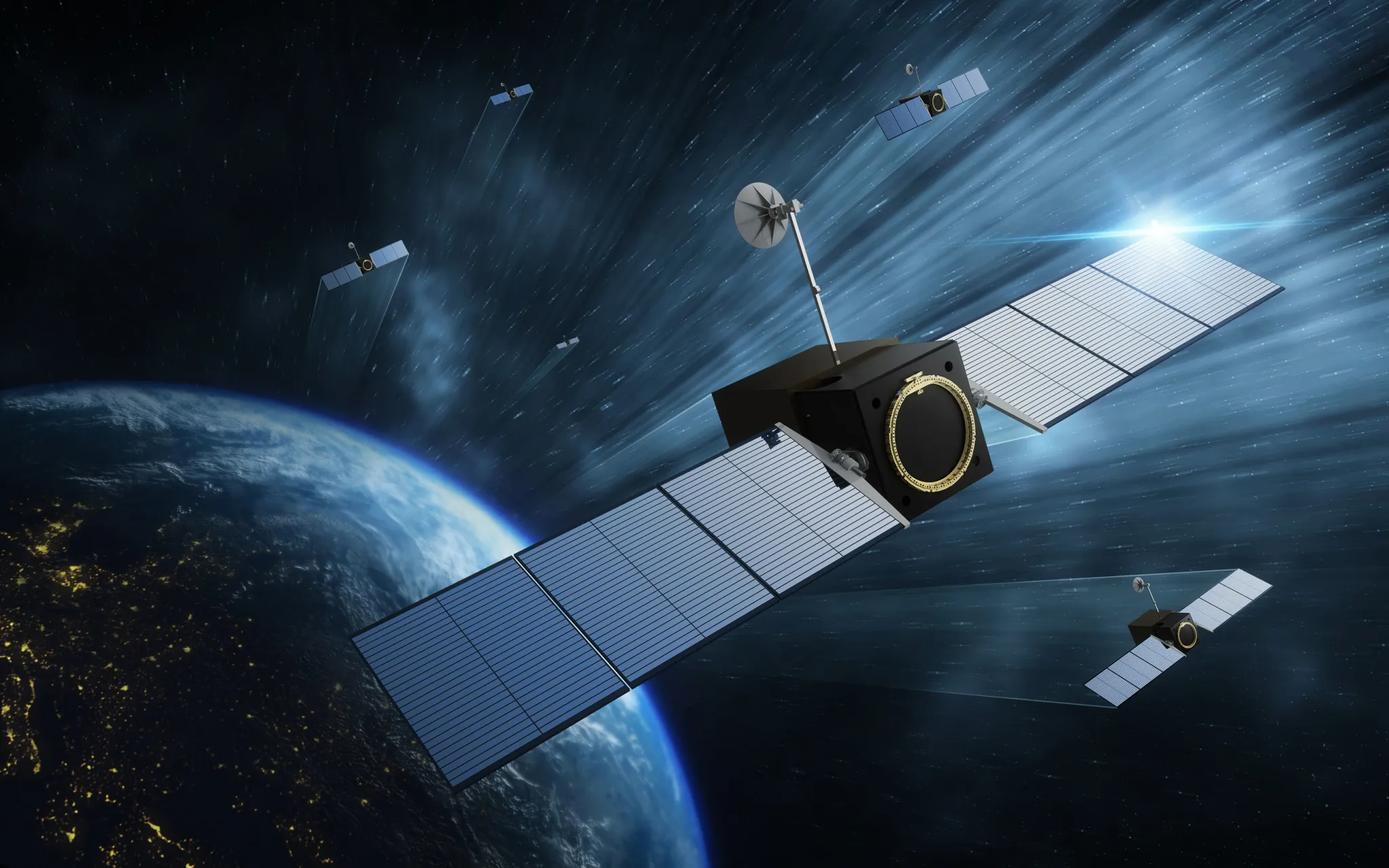Over 200 bundles containing food, toys, and supplies are set to drop from C-130Js flying across the western Pacific Ocean this weekend.
The U.S. Air Force and its allies have gathered over 84,000 pounds of these supplies for ‘Operation Christmas Drop,’ scheduled to start Dec. 3 and continue through Dec. 13, a spokesperson at Yokota Air Base told Air & Space Forces Magazine.
The Department of Defense’s longest standing humanitarian airlift effort is marking its 72nd iteration this year.
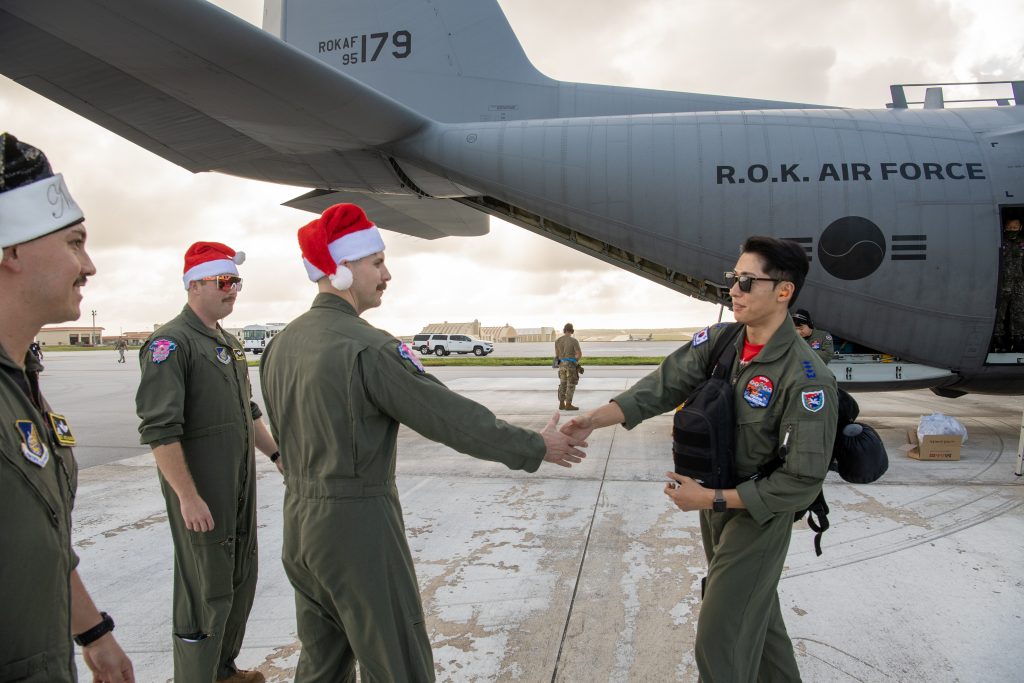
The bundles contain non-perishable food, clothes, medical supplies, school books, fishing gears, and holiday toys for the children. This year, these goods are projected to reach more than 20,000 residents across 57 islands across the Federated state of Micronesia and Palau, the spokesperson said. The two nations include hundreds of islands and rely heavily on fishing for both commercial and subsistence needs.
This cherished tradition embodies cooperation and trust across the entire Indo-Pacific region, noted Col. Andrew Roddan, 374th Airlift Wing commander.
“Our Pacific Air Forces Airmen continue to build critical interoperability with our Allies and partners,” Roddan said in a statement.
Collected and packaged, the donated supplies are ready for transport as the Super Hercules completes pre-flight inspections and departs for Anderson Air Force Base in Guam, where the distribution will kick off.

Spearheaded by the 374th Airlift Wing at Yokota Air Base in Japan, this Pacific Air Forces mission involves Airmen from the 36th Wing at Andersen Air Force Base, the 515th Air Mobility Operations Wing at Joint Base Pearl Harbor-Hickam, and from partner nations. Allies are also involved, including Japan, South Korea, the Philippines, Australia, and—for the first time—the Royal Canadian Air Force, as confirmed by a spokesperson from PACAF.
Canada’s participation is yet another sign of its expand presence in the Indo-Pacific region. At the G7 summit held in Japan in May, Prime Minister Justin Trudeau highlighted the country’s Indo-Pacific strategy and advocated for an increased Canadian involvement for the region’s defense and security. PACAF’s Pacific Air Chiefs Symposium in Hawaii last month also saw chiefs of the Royal Canadian Air Force participating in key regional discussions.
Maj. Zach Overbey, 36th Airlift Squadron C-130J Super Hercules pilot and OCD23 mission commander noted that the mission highlights the shared values and partnership between the allies.
“It is an absolute honor to come together with our Allies and partners to spread a little holiday joy and make a positive impact in the region,” said Overbey.
Beyond Christmas cheer, the tradition also fosters interoperability and communication, laying the groundwork for future humanitarian assistance and disaster relief efforts.
“This continues to be an important annual tradition meant to deliver valuable humanitarian assistance,” Capt. Emma C. Quirk of the 374th Airlift Wing told Air & Space Forces Magazine in a statement. “It is one of many events where U.S. and partner nation forces operate side by side, with this event emblematic of our mutual respect and cooperation with our friends and neighbors.”
The tradition started in 1952, when a B-29 Superfortress crew spotted Kapingamarangi islanders waving at the aircraft and dropped a parachuted supply package, inspired by the spirit of Christmas—giving the operation its name. The annual event is carried out through the Low-Cost, Low-Altitude (LCLA) airdrop, an economical way of distributing goods by utilizing repurposed parachutes.
